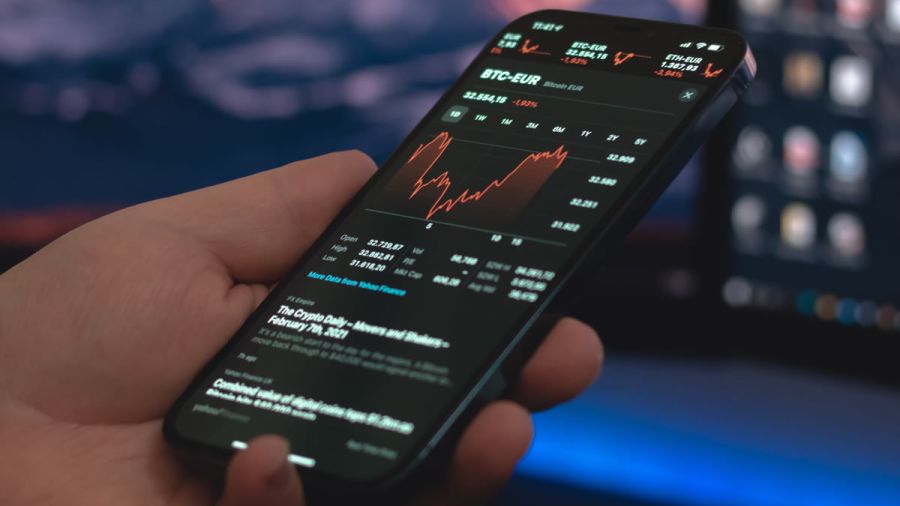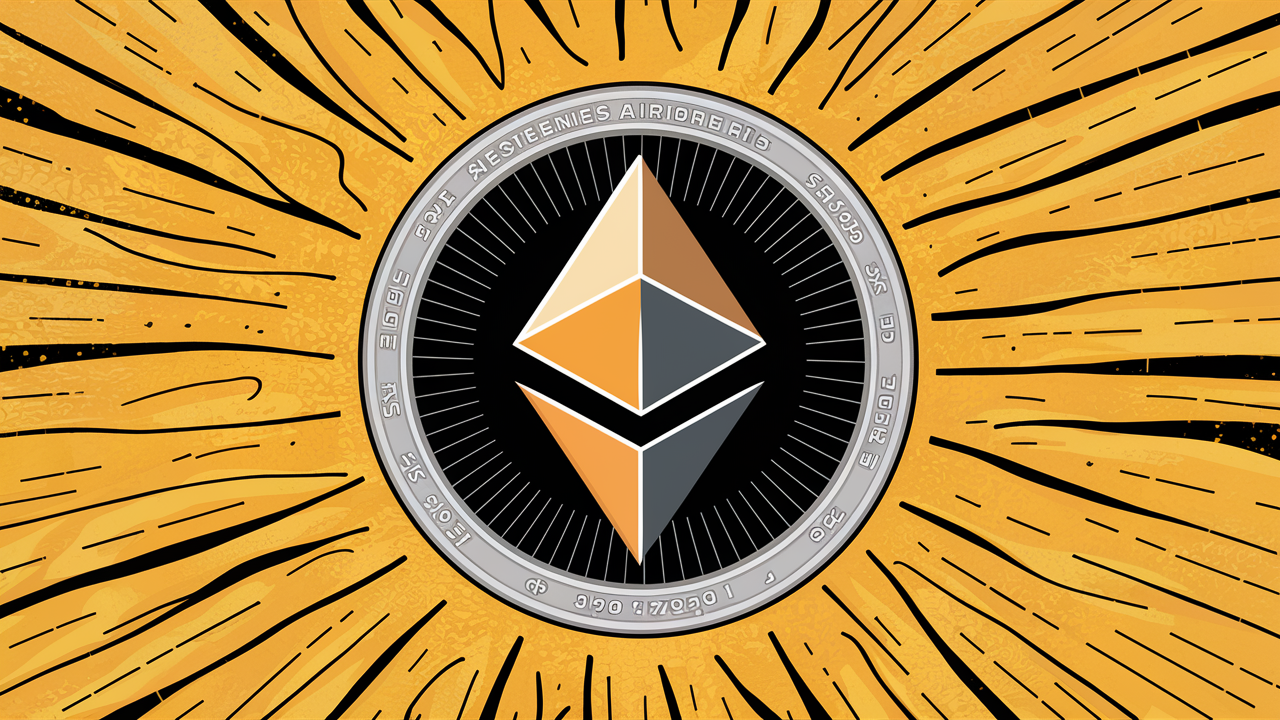USDC Stablecoin Depegs Following Silicon Valley Bank Collapse
CryptoPress
In brief:
- USDC stablecoin loses its peg to the U.S. dollar and drops as low as $0.88 following the collapse of Silicon Valley Bank.
- Tether maintains its peg while other stablecoins see minor drops.
- Circle’s $3.3 billion held at Silicon Valley Bank amounts to 8.25% of its $40 billion reserves.
- Frax, a decentralized stablecoin partly backed by USDC, also depreciates to $0.90.
The fallout from the collapse of Silicon Valley Bank spread overnight to the USDC stablecoin, which lost its peg to the U.S. dollar and dropped as low as $0.88.
USDC is a popular stablecoin that is meant to keep a 1:1 ratio with the U.S. dollar. This gives stability to an otherwise volatile cryptocurrency market.
The loss of its peg has caused concern among investors and traders who rely on USDC for stability in their portfolios.
Other Stablecoins Affected
While Tether is keeping its peg, most other stablecoins are seeing minor drops from their pegs.
Stablecoins are digital currencies that are designed to maintain a stable value relative to another asset or basket of assets, such as fiat currencies or commodities.
Multiple stablecoins have lost value, which makes people wonder if they can keep their pegs during times of financial stress.
Circle’s Reserves Affected
The $3.3 billion held at Silicon Valley Bank, which has become the largest bank to fail since 2008, is part of Circle’s $40 billion reserves, amounting to some 8.25% — roughly the size of the depeg.
Circle is a financial technology company that issues USDC and helps internet businesses with their payment and treasury needs.
The loss of funds held at Silicon Valley Bank may have contributed to USDC’s loss of its peg.
Frax Also Depreciates
Frax, another decentralized stablecoin that shares some of USDC’s backing, was down to $0.90.
Frax is a fractional-algorithmic stablecoin that aims to offer an alternative to collateral-backed stablecoins that is both scalable and not controlled by a central authority.
The fall in value of Frax shows how different cryptocurrencies are linked and how events in one market can affect others.
Unbanking The Banks
Silicon Valley Bank, which worked with crypto firms, start-ups, and venture capitalists, fell 63% in pre-market trading on Friday. Trading was stopped after companies were told to pull their money out of the bank.
Silicon Valley Bank was known for helping companies in cutting-edge fields like technology and life sciences with their banking needs.
The collapse raises questions about the safety and security of funds held at banks that cater to high-risk industries.
© 2024 Cryptopress. For informational purposes only, not offered as advice of any kind.
Latest Content
- Crypto Market Update: April 25, 2024
- Renzo’s Restaked ETH Depegs to $700: DeFi Platforms Gearbox and Morpho Face Liquidations
- Crypto Market Update: Insights and Trends for April 23, 2024
- On April 24, the $RTF Token from Oleksandr Usyk’s READY TO FIGHT Project Will be Listed on WhiteBIT
- Crypto Market Update: Key Trends and Insights for April 22, 2024
Related
- TRON DAO Reserve Addresses Questions Regarding USDD Stablecoin The TRON DAO Reserve (TDR) has addressed community inquiries concerning USDD, TRON's decentralized stablecoin....
- Tether Transfers Millions to Foreign Banks Tether has been a mystery to many, with concerns over the dependability of its reserves backing the $68 billion stablecoin. ...
- MicroStrategy Announces Second Quarter 2021 Financial Results July 29, 2021 04:01 PM Eastern Daylight Time TYSONS CORNER, Va.–(BUSINESS WIRE)–MicroStrategy® (Nasdaq: MSTR), the largest independent publicly-traded business intelligence company, today announced financial results for the three-month period ended June 30, 2021 (the second quarter of its 2021 fiscal year)....
- STARTUP BOOTCAMP 2020 SILICON VALLEY STARTUP BOOTCAMP 2020 IS JUST A SHORT DISTANCE AWAY. 5 DAY INTENSE ACCELERATION PROGRAM FOR TECH AND INNOVATION STARTUPS BEGINS IN OCTOBER Catalonia, Spain – 2020 17-21 October, 2020Catalonia, Spain No more thinking about how to get a...




